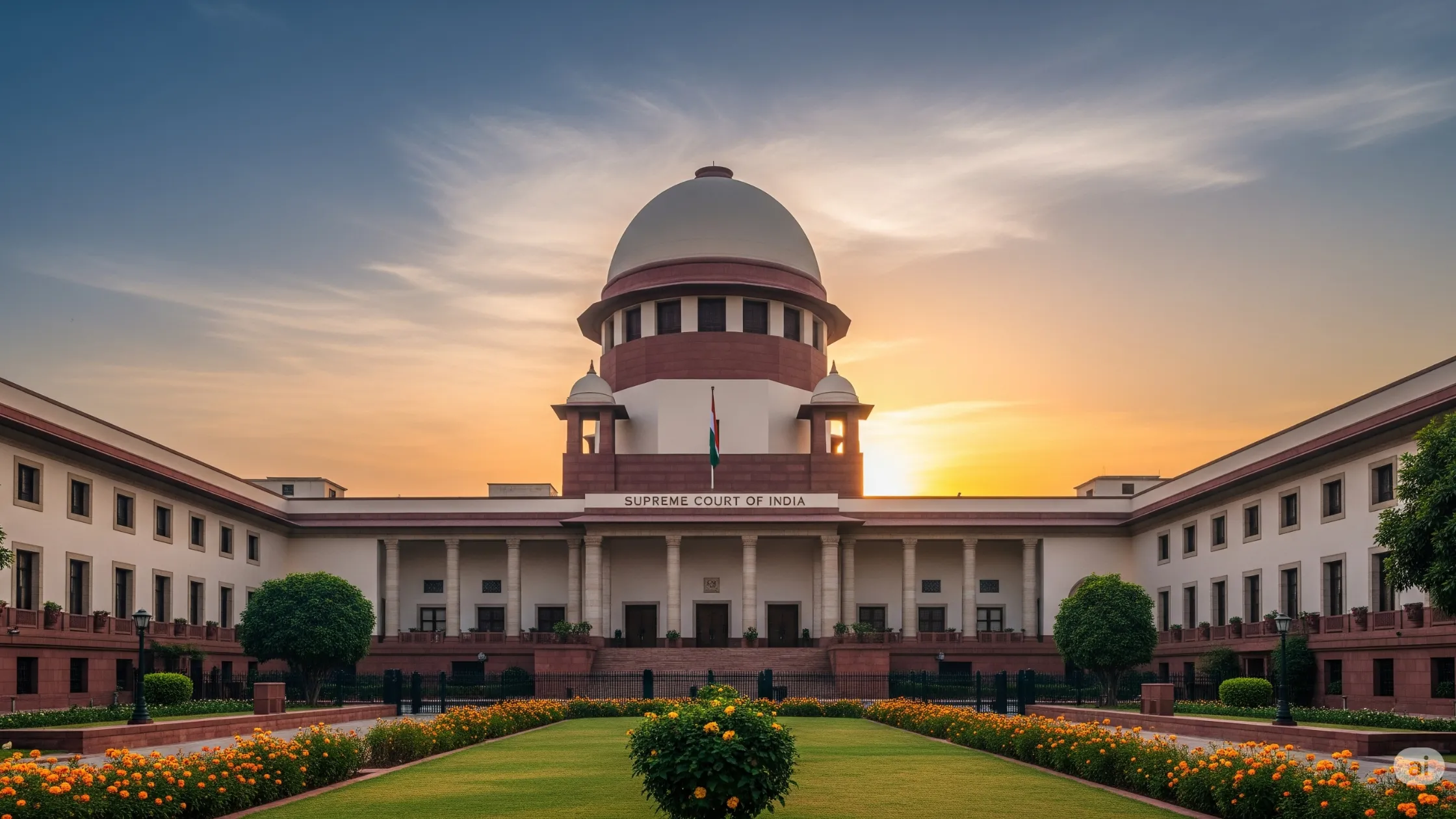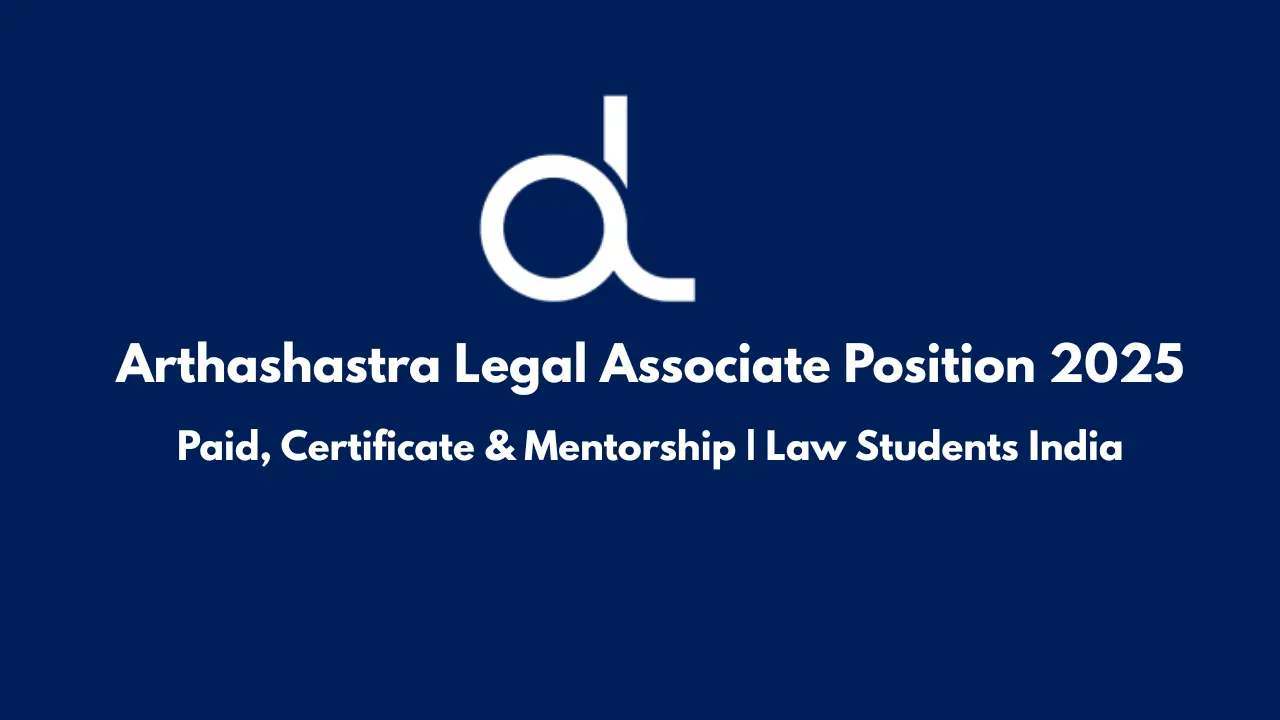Let’s be honest: if you’ve ever read a chargesheet, it probably felt like a lazy photocopy of the FIR. This landmark case—Sharif Ahmad & Another v. State of Uttar Pradesh & Another (2024)—was the Supreme Court saying, “enough.” More than just a judgment, this is a wake-up call to police, magistrates, and anyone who thinks procedural safeguards are just red tape. Let’s unpack it from a law student’s lens, where real-world courtroom experiences meet criminal procedure theory.
What Went Down: The Case in Brief
The appellants, Sharif Ahmad and another, faced accusations of accepting part payment to facilitate a property transfer but allegedly failing to complete the deal or return the money. An FIR was registered under Sections 420 (cheating), 406 (criminal breach of trust), and 506 (criminal intimidation) of the IPC. When the chargesheet under Section 173(2) CrPC was filed, Section 420 had been dropped, but the rest of the chargesheet looked like a copy-paste from the FIR with no real investigation.
The Allahabad High Court refused to quash the proceedings, pushing the matter to the Supreme Court. The issues before the Court were crucial:
- Are mechanically prepared chargesheets valid under Section 173(2) CrPC?
- Can a supplementary chargesheet under Section 173(8) fix a fundamentally flawed original one?
- Should magistrates issue summons and warrants without carefully examining these documents?
Supreme Court’s Ruling: No More Shortcuts
A bench of Justice Sanjiv Khanna and Justice SVN Bhatti delivered the verdict on 1 May 2024. Here’s what they said:
1. Chargesheets Must Have Substance, Not Just Form
The Court ruled that a chargesheet is more than an FIR replica. It must include:
- Facts uncovered during investigation.
- The accused’s specific role in the alleged crime.
- Supporting evidence like witness statements and documents.
An incomplete chargesheet violates Article 21 protections by denying the accused fair process.
2. Supplementary Chargesheets Aren’t a Fix-All
While Section 173(8) allows supplementary reports, they cannot be used to “repair” a defective original chargesheet. The primary document must be sound; supplementary reports are for adding new evidence, not erasing errors.
3. Magistrates Must Apply Judicial Mind
The Court emphasized that magistrates cannot rubber-stamp summons or warrants. They have a duty to scrutinize evidence before dragging an individual into court.
4. Outcome: Chargesheets Quashed
The Supreme Court quashed the defective chargesheets, suspended proceedings, and reaffirmed that liberty cannot be compromised due to careless investigations.
Why This Judgment Stands Out
This ruling isn’t just procedural—it’s a strong critique of systemic inefficiencies.
Upholding Procedural Fairness
The Court highlighted that procedure is substantive, not a mere ritual. Filing a chargesheet is a serious step that sets the stage for the entire trial.
Accountability for Magistrates
Magistrates are expected to act as gatekeepers of justice. Blindly issuing summons or warrants is a dereliction of duty.
No More Patchwork Investigations
Investigators cannot use supplementary chargesheets to patch up sloppy work. Get it right the first time is now the message.
Balance Between Efficiency and Justice
Chargesheets don’t need to be lengthy but must include “minimum essential particulars” to ensure fairness.
Push for Police Training and Reform
This ruling echoes the Delhi Police Training Circular (July 2024), which flagged shallow chargesheets as a major cause of failed prosecutions. It’s a call for better templates, training, and supervision.
Broader Implications: Article 21 in Action
This judgment is a clear win for personal liberty under Article 21 of the Constitution. It strengthens judicial oversight, ensuring citizens aren’t dragged into trials based on flimsy paperwork. It’s also a reminder that criminal law is meant to protect, not harass.
A Law Student’s Take
As someone who’s seen trial courts in action, this judgment feels like validation. We’ve all seen magistrates sign stacks of summons without blinking, and FIRs simply stapled into chargesheets. This ruling shows that procedural safeguards are not academic—they’re life-changing.
Key Lessons for Law Students and Practitioners
- Section 173(2) CrPC demands thorough investigation summaries.
- Section 173(8) cannot “cure” defective chargesheets.
- Magistrates must apply judicial mind when issuing orders.
- Sloppy investigation = violation of Article 21.
- The Court prioritizes liberty over bureaucracy.
Final Thoughts: A Systemic Wake-Up Call
The Sharif Ahmad case is about raising the bar for investigative and prosecutorial work. It’s a reminder that shortcuts in criminal justice can cost people their freedom. The Supreme Court’s message is loud and clear: procedure protects liberty, not paperwork.
This should be required reading for every magistrate, police officer, and law student. It’s a blueprint for a justice system where rules aren’t hurdles—they’re guarantees of fairness.






